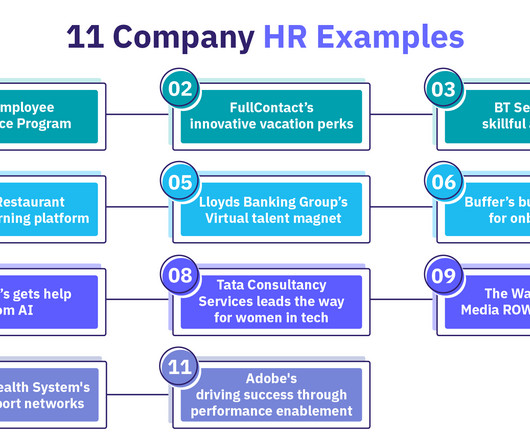Gen Z in the workplace: how technology can increase happiness at work
Homebase
MAY 4, 2023
Gen Z is the population born between 1997 and 2012. Due to the ‘boom’ of this population entering the workforce all at the same time, they had to compete for the minimal amount of positions available to them. They have no interest in going above and beyond for a company unless they are compensated. No more, no less.
















Let's personalize your content